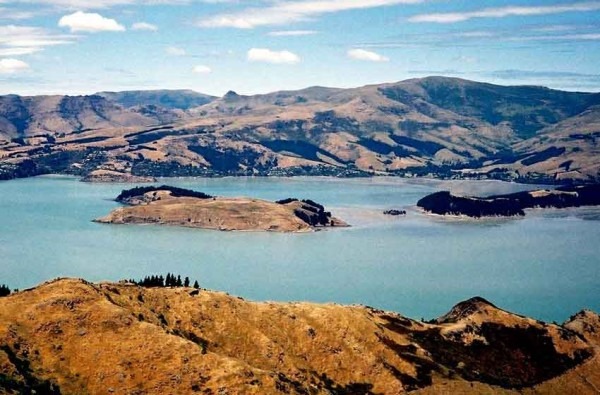Droughts are complicated, often more human-caused than precipitation-caused (Wilhite and Glantz, 1985). Nonetheless, precipitation and water certainly have a role to play, by definition.
In discussions of the ongoing California drought, much of the emphasis is on industrial and agricultural water use. A few commentators have the knee-jerk reaction that it must be climate change only. It might eventually be proven that climate change contributed, even contributed significantly.
But it is useful to see powerful statements and frightening imagery about how overusing water in a desert does, unsurprisingly, lead to drought. A good summary comes from Andrew Revkin.
Meanwhile, Taiwan reports water rationing due to a drought. The article begins with the environment “The shortage is due to reduced rainfall” connects to human use “leaving water levels in reservoirs far below capacity” and then accepts many vulnerability factors in that “a leaky delivery system, silt build-up in reservoirs and wastage are also being blamed”.
We could speculate about climate change’s role. Do we need to? There seems to be so many vulnerability factors present–although we do not know the relative proportions–that invoking the hazard driver of climate change to blame the drought would not label the root causes of it.
It is not good to see these droughts happening nor their effects on society and the environment. It is good to see how prominently vulnerability factors are mentioned for these two droughts.
As with this blog’s title, back to another ancient article from “Nature” about “Taking the naturalness out of natural disasters” (O’Keefe et al., 1977). We revisited the ethos that no disasters are “natural” in an article last year (Gaillard et al. 2014) highlighting that we need to blame humanity, not climate change, for disasters.
Today’s droughts confirm that view.
Ilan Kelman is a reader in Risk, Resilience and Global Health at University College London.
Note: This blog’s title comes from Glantz and Katz (1977).
Citations
Gaillard, JC, M.H. Glantz, I. Kelman, B. Wisner, Z. Delica-Willison, and M. Keim. 2014. “Taking the ‘naturalness’ out of natural disaster (again)”. Natural Hazards Observer, vol. 38, no. 3, pp. 1,14-16.
Glantz, M.H. and R.W. Katz. 1977. When is a drought a drought? Nature, 267, 192-193.
O’Keefe, P., K. Westgate, and B. Wisner. 1976. Taking the naturalness out of natural disasters. Nature, 260, 566-567.
Wilhite, D.A. and M.H. Glantz. 1985. Understanding the Drought Phenomenon: The Role of Definitions. Water International, 10(3), 111-120
MAHB-UTS Blogs are a joint venture between the University of Technology Sydney and the Millennium Alliance for Humanity and the Biosphere. Questions should be directed to joan@mahbonline.org
MAHB Blog: https://mahb.stanford.edu/blog/when-is-drought-drought/
The views and opinions expressed through the MAHB Website are those of the contributing authors and do not necessarily reflect an official position of the MAHB. The MAHB aims to share a range of perspectives and welcomes the discussions that they prompt.
